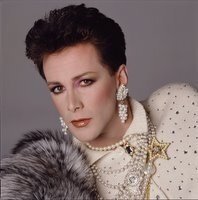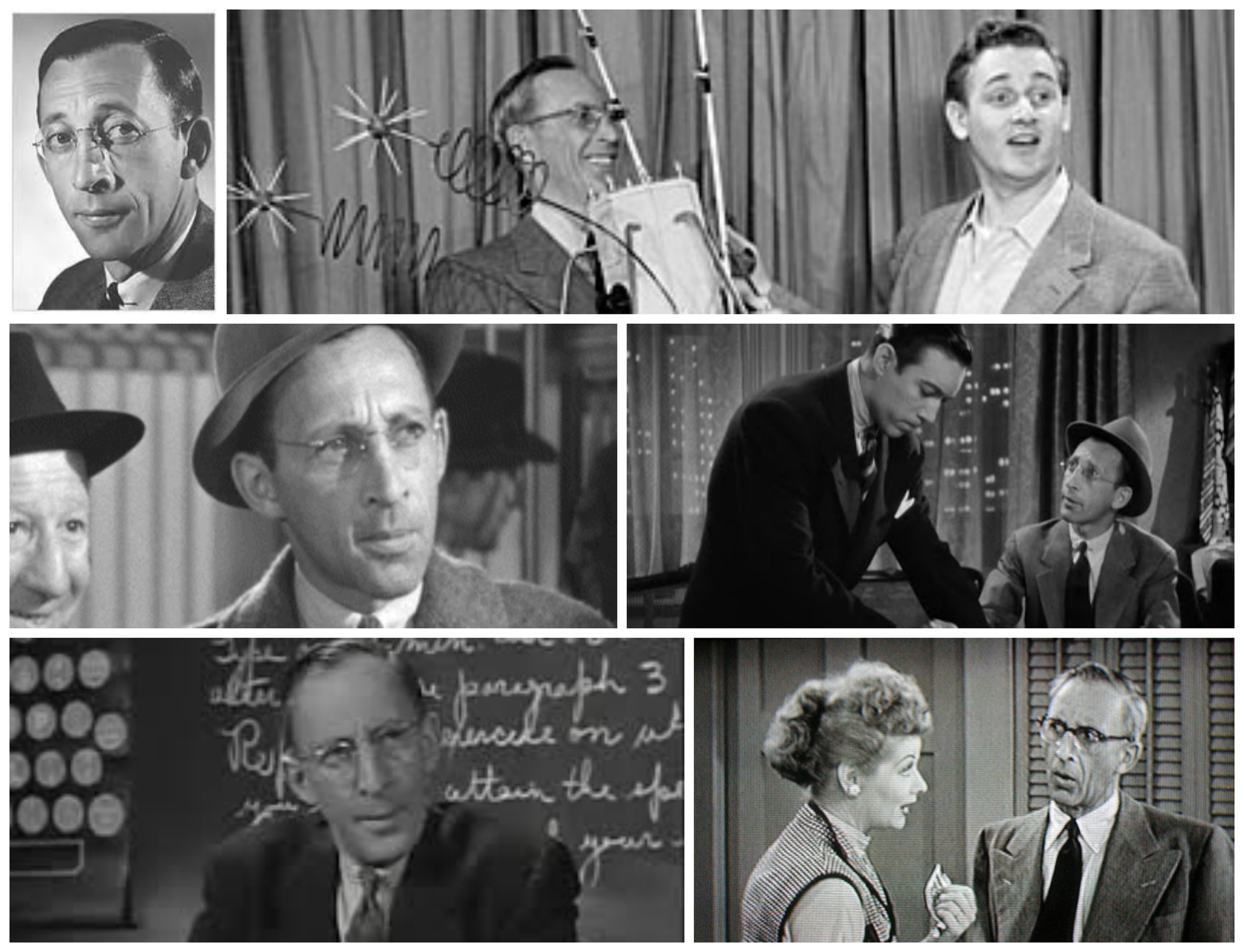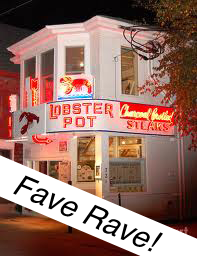A New SYBIL'S "WHO'Z DAT?"... ESTELLE WINWOOD (January 24, 1883 - June 20, 1984).
/Darlings! Mummy has made a decision! After reading dozens of posts and having hundreds of conversations with well-meaning folks who just don't know about the great CHARACTER actors who gave films the depth and genius that surrounded and supported the so-called "stars", I am going to post a regular, special entry called SYBIL'S "WHO'Z DAT??"....there'll be photos and a mini-bio, and the next time you see one of those familiar, fabulous faces that you just "can't quite place".......well, maybe these posts will help. Some of these actors worked more, had longer and broader careers, and ended up happier, more loved, and even wealthier than the "stars" that the public "worships"......I think there may be a metaphor in that! What do you think??? Our guest this week is Estelle Winwood (January 24, 1883 – June 20, 1984)!!!
No! You’re seeing those dates right folks!!! She lived to be 101 years old….all the way back in 1984!! Did Willard Scott do a tribute??? Born Estelle Ruth Goodwin in England, she decided at five years of age to be an actress, and with her mother’s support she trained with the Lyric Stage Academy in London, before making her professional debut in Johannesburg at the age of 20. During the First World War she joined the Liverpool Repertory Company in Liverpool, Lancashire before moving on to a career in the West End theatre in London. She moved to the U.S. in 1916 and made her Broadway début in New York City; and, until the beginning of the 1930s, she divided her time between New York City and London. Throughout her career, her first love was the theatre; and, as the years passed, she appeared less frequently in London and became a frequent performer on Broadway, appearing in such plays as A SUCCESSFUL CALAMITY (1917), A LITTLE JOURNEY (1918), SPRING CLEANING (1923), THE DISTAFF SIDE (1934), THE IMPORTANCE OF BEING EARNEST (which she also directed, 1939), WHEN WE ARE MARRIED (1939), LADIES IN RETIREMENT (1940), THE PIRATE (1942), TEN LITTLE INDIANS (1944), LADY WINDERMERE'S FAN (1947), and THE MADWOMAN OF CHAILLOT (1948). Like many stage actors of her era, she expressed a distaste for films and resisted the offers she received during the 1920s. Finally, she relented and made her film début in NIGHT ANGEL (1931), but her scenes were cut before the film's release. Her official film début came in THE HOUSE OF TRENT (1933), followed by QUALITY STREET (1937).
During the 1940s she continued her stage work with no films whatsoever, but in the 50s she began to take an interest in the new medium of Television. Because of her eccentric appearance and delivery, she guest starred on a wide variety of tv shows including the TWILIGHT ZONE, ALFRED HITCHCOCK PRESENTS, THE DONNA REED SHOW, DR. KILDARE, PERRY MASON, BEWITCHED, BATMAN, LOVE AMERICAN STYLE, THE REAL McCOYS, DENNIS THE MENACE, and several others. In the 1950s, 60s, and 70s she continued both onstage and in television making only occasional but unforgettable appearances in films like THE GLASS SLIPPER (1955), THE SWAN (1956), DARBY O’GILL AND THE LITTLE PEOPLE (1959), THE MISFITS (1961), THE MAGIC SWORD (1962), THE NOTORIOUS LANDLADY (1962), DEAD RINGER (1964), CAMELOT (1967) and THE PRODUCERS (1968). Winwood's final film appearance, at age 92 in MURDER BY DEATH (1976), was as Elsa Lanchester’s character's ancient nursemaid. In this film, she joined other veteran actors spoofing some of the most popular detective characters in murder mysteries. When she made her final television appearance in a 1979 episode of QUINCY she officially became, at age 96, the oldest actor working in the U.S., beating out fellow British actress Ethel Griffies, who worked until her 90s. Winwood ultimately achieved an eighty-year career on the stage from her début at age 16 until her final appearance at age 100, playing Sir Rex Harrison’s mother in his final MY FAIR LADY tour in 1983.
In the 1930s she was very good friends with Tallulah Bankhead and actresses Eva Le Gallienne and Blyth Daly. They were dubbed "The Four Riders of the Algonquin" in the early silent film days, because of their appearances together at the "Algonquin Round Table". Winwood was married four times but bore no children. She died in her sleep in Woodland Hills, California, in 1984, at age 101. She was the oldest member in the history of the Screen Actors Guild. She was interred in the Westwood Village Memorial Park Cemetery. When Estelle was asked, on the occasion of her 100th birthday, how she felt to have lived so long, she replied, "How rude of you to remind me!".
[Want to read other fun and funny stories here on SybilSez.com? Just enter any topic that pops into your head in the "search" window on the upper right! Who knows what might come up?...and feel free to share them with your friends!]












